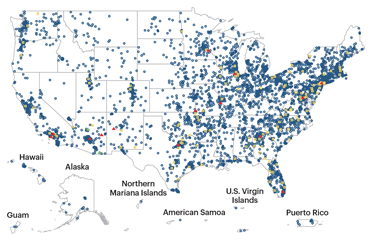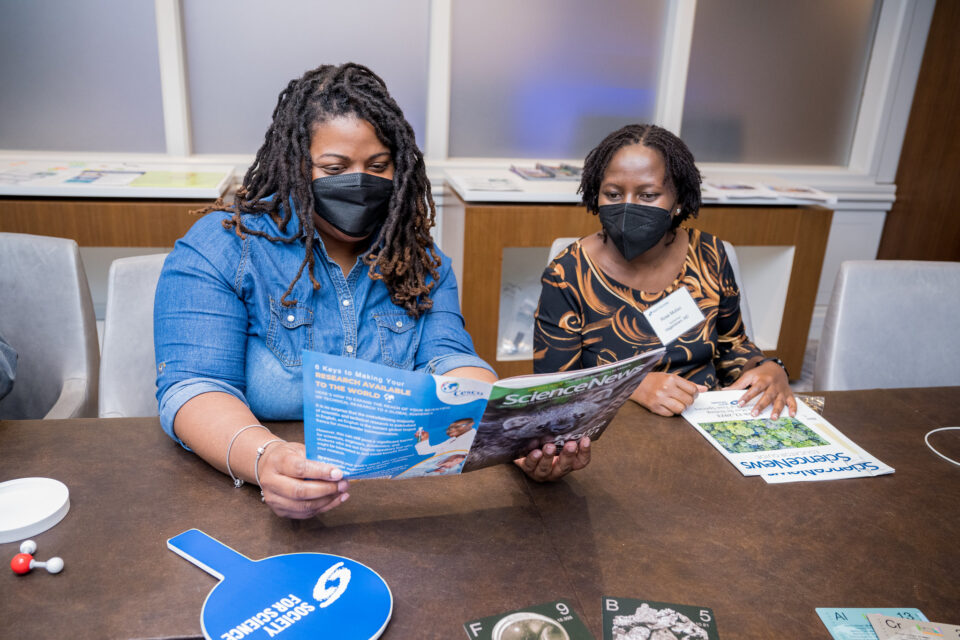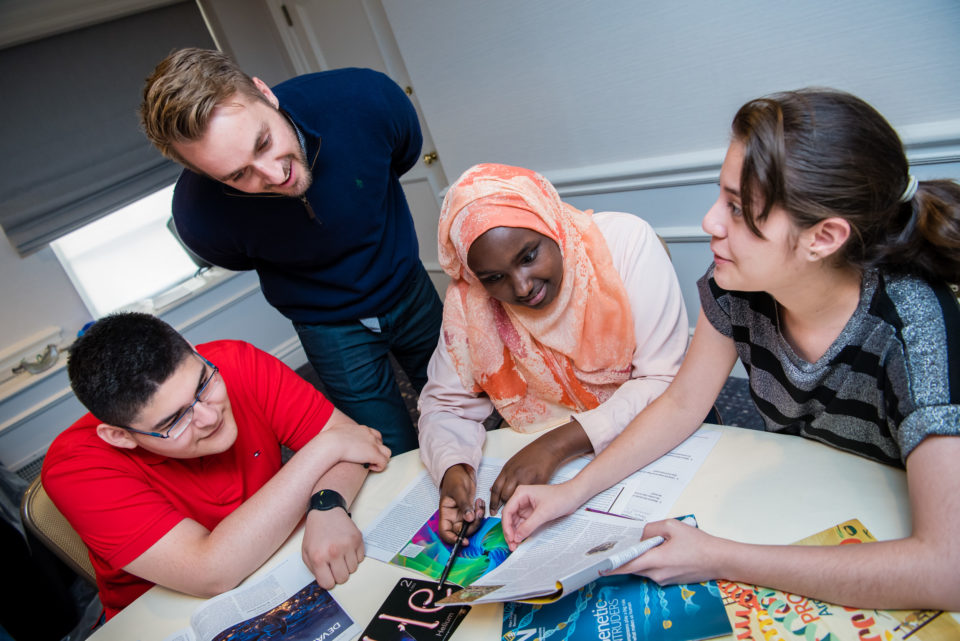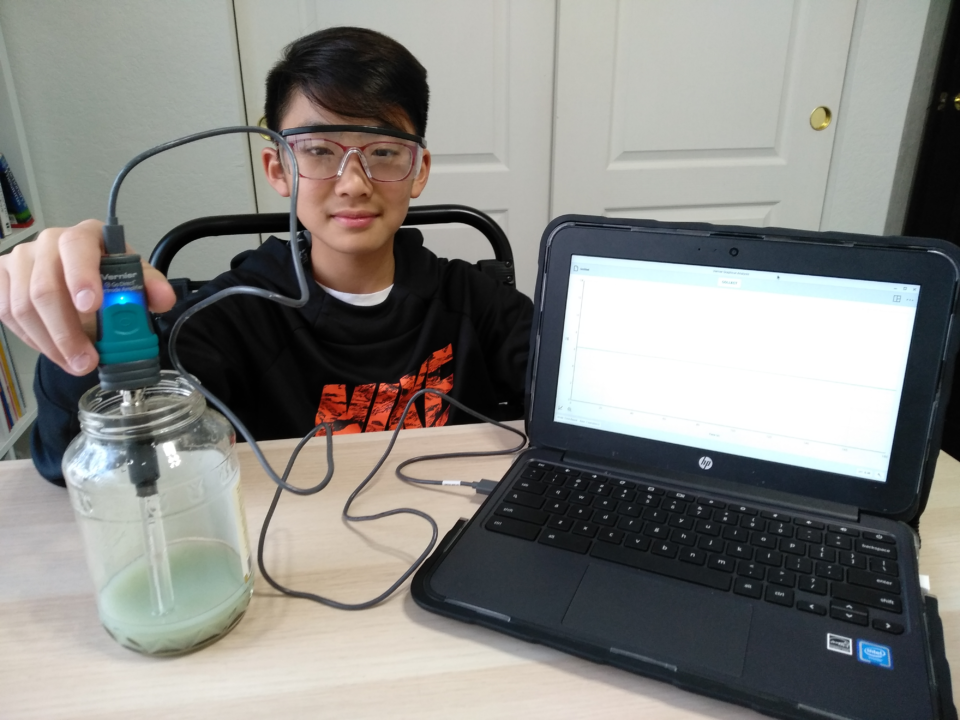Science News Learning
At Science News Learning, we’re dedicated to expanding student science literacy across the U.S. by supporting a community of nearly 6,000 middle and high schools and more than 17,000 educators with equitable access to Science News Media Group’s award-winning print and online journalism, an expansive library of ready-to-use lesson plans, each designed to incorporate recent applications in STEM research into core curricula, and STEM literacy professional development opportunities.
Regeneron and other sponsors are fully sponsoring the program for interested public schools, including 122 districts or geographic cohorts, which gives program access to nearly 6 million students. Over 60% of our schools are Title I eligible.
Interested in the program? Express interest in signing up your school. Learn more about the program resources from this Science News Learning Program brochure.

Sign Up Your School
Educators, become a part of the Science News Learning community by expressing interest in signing up your school

Enroll Your District
STEM Coordinators, enroll your district to receive specialized support for your unique district goals.

Support the Program
Each year we have a waitlist of schools that need support to become enrolled in the program. Commit to supporting student science literacy today.
Educator Portal
Is your school already enrolled in Science News Learning? Educators, log in to this portal to access the journalism sites and hundreds of ready-to-use lesson plans. Lesson plans help you integrate articles by core concepts while teaching science and engineering practices, data analysis and literacy.
Explore the Educator PortalScience News Learning Ambassadors
The Science News Learning Ambassadors are educators from across the country who have been inspiring their middle and high school science students with Science News journalism for years! They are Science News Learning expert teachers who want to share their love of teaching science literacy using current, real-life examples with others throughout the school year. Ambassadors partner with program staff to give meaningful feedback and develop new, creative lesson plans using Science News Learning resources and solutions for their own classrooms.

Hear from Science News Learning teachers
Hear how current Science News Learning teachers are using the program resources in their classrooms by reading our testimonials page!
Professional Learning

Sign Up for Professional Development
Collaborate with program educators about classroom connections, build a resource in real time, and earn a PD certificate by attending a professional development session.

Watch Program Webinars
Learn more about the program by watching a webinar.

Join the Educator Community
Share ideas in our Society Educators Facebook Group and get notified about opportunities from all of the Society’s Science Education Programs.
From the Society Blog
Program Sponsors

Questions?
More ways the Society supports science educators

Advocate Program
Discover how we build STEM access by helping mentors support all students to enter research projects in scientific or engineering competitions.

High School Research Teachers Conference
Each year the Society brings 200 high school research teachers to Washington, D.C. for a weekend of sharing best practices and collaboration.

Middle School Research Teachers Conference
Each year the Society brings 100 middle school research teachers to Washington, D.C. for a weekend of sharing best practices and collaboration.

STEM Research Grants
The Society awards STEM Research Grants to teachers across the nation to purchase equipment to assist their students in completing science research.

Research at Home
Resources, advice, and stories of inspiration on completing research outside of a traditional laboratory environment.

STEM Action Grants
STEM Action Grants are given to innovative organizations and non-profits that promote STEM education.



